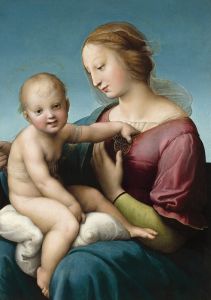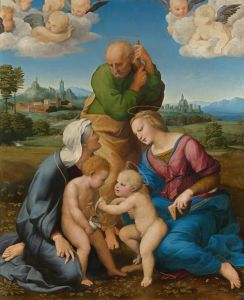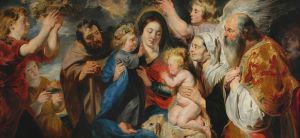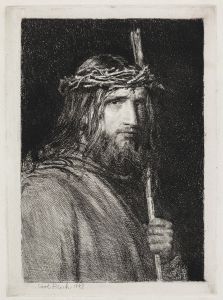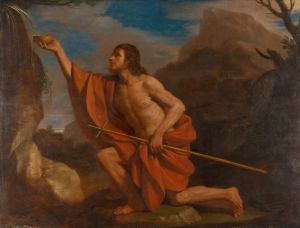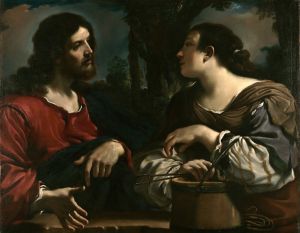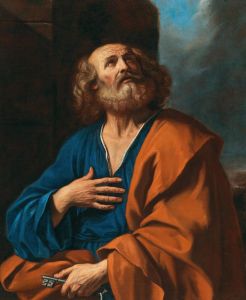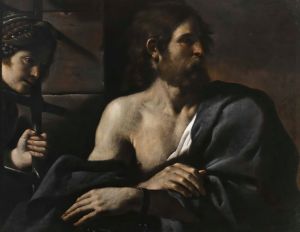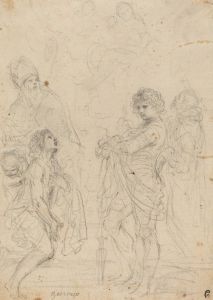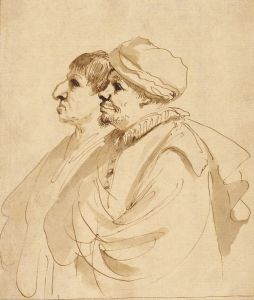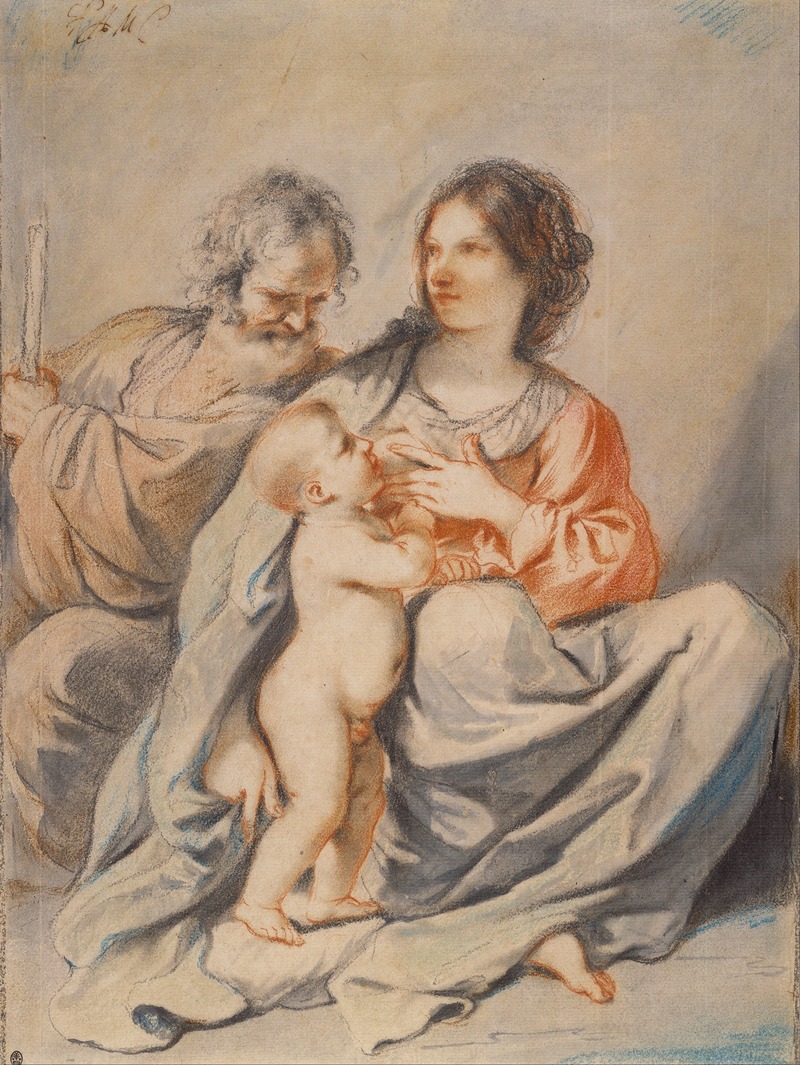
The Holy Family
A hand-painted replica of Guercino’s masterpiece The Holy Family, meticulously crafted by professional artists to capture the true essence of the original. Each piece is created with museum-quality canvas and rare mineral pigments, carefully painted by experienced artists with delicate brushstrokes and rich, layered colors to perfectly recreate the texture of the original artwork. Unlike machine-printed reproductions, this hand-painted version brings the painting to life, infused with the artist’s emotions and skill in every stroke. Whether for personal collection or home decoration, it instantly elevates the artistic atmosphere of any space.
"The Holy Family" is a painting by the Italian Baroque artist Giovanni Francesco Barbieri, better known as Guercino. Born in Cento, Italy, in 1591, Guercino was a prominent painter of the Baroque period, known for his dynamic compositions and expressive use of light and shadow. His work often depicted religious themes, and "The Holy Family" is a prime example of his skill in this genre.
Created around 1621-1622, "The Holy Family" portrays the Virgin Mary, Saint Joseph, and the infant Jesus. This subject matter was a popular theme in Christian art, symbolizing the sanctity and unity of the family unit. Guercino's interpretation of the Holy Family is notable for its tender and intimate portrayal of the figures, a characteristic feature of his work.
In the painting, the Virgin Mary is depicted holding the infant Jesus, who reaches out towards Saint Joseph. The composition is marked by a sense of movement and interaction among the figures, which is enhanced by Guercino's masterful use of chiaroscuro—a technique that employs strong contrasts between light and dark to create a sense of volume and three-dimensionality. The light in the painting seems to emanate from the infant Jesus, highlighting his divine nature and illuminating the faces of Mary and Joseph.
Guercino's use of color is also significant in "The Holy Family." The rich, warm tones of the figures' clothing and the soft, naturalistic hues of their skin contribute to the painting's overall sense of warmth and intimacy. The background is kept relatively simple, ensuring that the viewer's focus remains on the central figures.
The painting reflects the influence of Guercino's contemporaries and predecessors, such as Caravaggio and the Carracci family, who were instrumental in the development of Baroque art. However, Guercino's unique style is evident in the emotional depth and naturalism of his figures, as well as in his innovative use of light and composition.
"The Holy Family" is housed in the Galleria Doria Pamphilj in Rome, Italy. The gallery is part of the Palazzo Doria Pamphilj, a historic palace that contains one of the most significant private art collections in Rome. The collection was amassed by the Doria, Pamphilj, and Aldobrandini families over several centuries and includes works by other renowned artists such as Caravaggio, Titian, and Velázquez.
Guercino's "The Holy Family" remains an important work within the context of Baroque art and religious painting. It exemplifies the artist's ability to convey deep emotion and spiritual significance through his masterful use of composition, light, and color. The painting continues to be admired for its technical excellence and its moving portrayal of one of the most revered subjects in Christian art.





